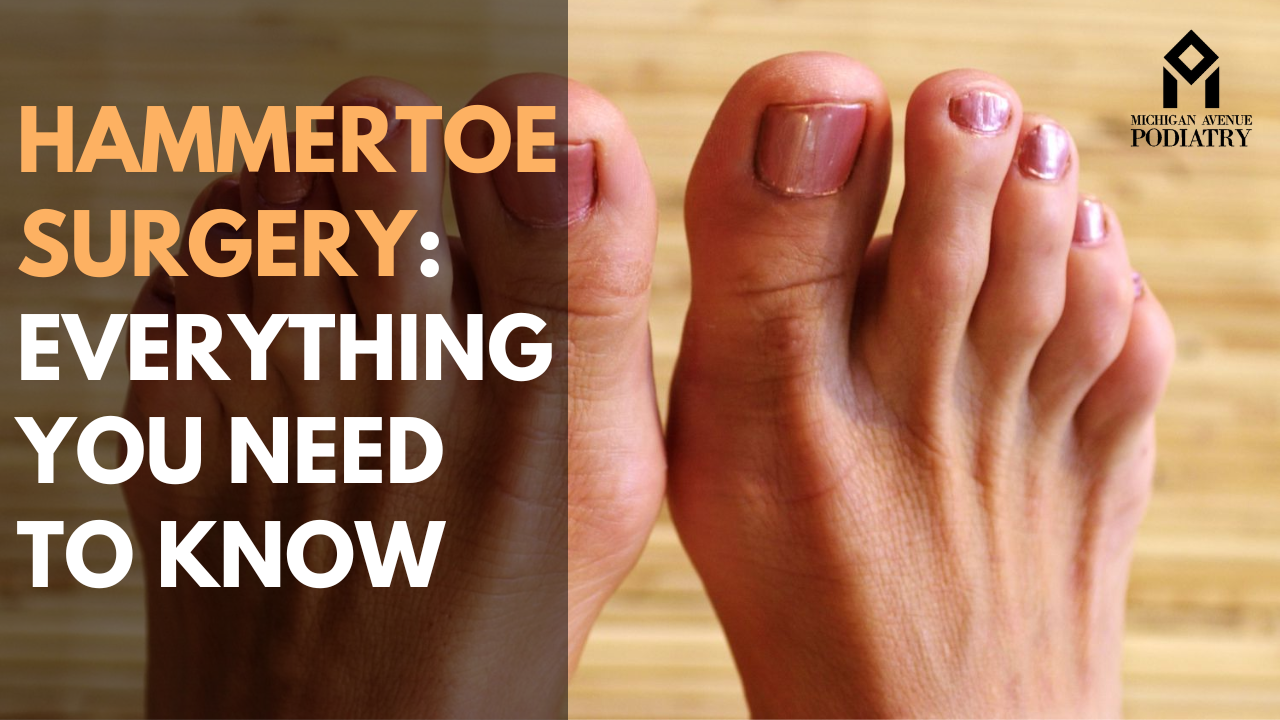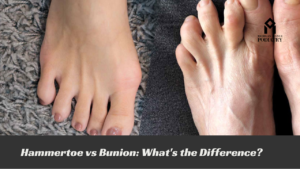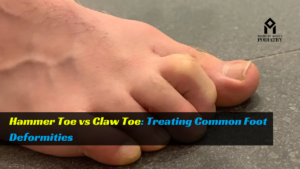Hammertoe is a common foot deformity that can cause discomfort, pain, and difficulty wearing shoes. While conservative treatments such as padding, splinting, and shoe modifications may provide relief for mild cases, severe or persistent hammertoe often requires surgical intervention. In this comprehensive guide, we’ll explore everything you need to know about hammertoe surgery, including the procedure, recovery, and expected outcomes.
Understanding Hammertoe:
Hammertoe is a deformity of the toe joints, resulting in a bend in one or more of the middle joints of the toe. This abnormal positioning can cause the affected toe to resemble a hammer or claw, hence the name hammertoe. Common causes of hammertoe include:
- Imbalanced muscle strength or tight tendons in the toe
- Genetics or foot structure abnormalities
- Trauma or injury to the toe joints
- Wearing ill-fitting shoes, especially those with narrow or pointed-toe boxes
While mild hammertoe may not cause significant symptoms, severe cases can lead to pain, corns, calluses, and difficulty walking or standing for extended periods.
Hammertoe Surgery:
When conservative treatments fail to provide adequate relief or the hammertoe becomes progressively worse, podiatrists may recommend hammertoe surgery. The goals of hammertoe surgery include:
- Straightening the affected toe(s) to improve alignment
- Relieving pain and discomfort associated with the deformity
- Restoring mobility and functionality in the affected foot
There are several surgical techniques used to correct hammertoe deformities, including:
- Arthroplasty:
- Arthroplasty involves removing a portion of the bone from the affected toe joint to allow for straightening. This procedure may be performed with or without the use of surgical hardware, such as pins or screws, to stabilize the toe.
- Arthrodesis:
- Arthrodesis, or joint fusion, involves permanently fusing the toe joint in a straightened position. This procedure eliminates movement in the affected joint, reducing pain and preventing recurrence of the hammertoe deformity.
- Tendon Transfer:
- Tendon transfer surgery involves rerouting or repositioning the tendons that control toe movement to correct the imbalance causing the hammertoe deformity. This procedure helps restore proper alignment and function to the affected toe(s).
- Joint Implant:
- In some cases, podiatrists may recommend inserting a joint implant to replace the damaged or diseased joint affected by hammertoe. Joint implants can help preserve joint function and alleviate pain, especially in older adults with severe arthritis.
Recovery and Rehabilitation:
After hammertoe surgery, patients can expect a period of recovery and rehabilitation to allow for proper healing and restoration of function. The specifics of the recovery process may vary depending on the surgical technique used and individual factors but generally include:
- Immobilization: Patients may need to wear a surgical boot, cast, or special shoe to protect the foot and promote healing of the surgical site.
- Pain Management: Podiatrists may prescribe pain medication or recommend over-the-counter pain relievers to manage discomfort during the initial stages of recovery.
- Wound Care: Patients should follow post-operative wound care instructions provided by their podiatrist to prevent infection and promote proper healing.
- Physical Therapy: Rehabilitation exercises and stretches may be prescribed to improve strength, flexibility, and range of motion in the toes and foot.
Patients need to attend follow-up appointments with their podiatrist to monitor healing progress, remove sutures or surgical hardware if necessary, and address any concerns or complications.
Expected Outcomes:
Hammertoe surgery can provide significant relief from pain and discomfort, as well as improve the appearance and function of the affected toe(s). While recovery times may vary, many patients experience a noticeable improvement in symptoms within a few weeks to months following surgery. With proper post-operative care and adherence to podiatrist recommendations, most individuals can expect a successful outcome and a return to normal activities without limitations.
Conclusion:
Hammertoe surgery is a safe and effective treatment option for individuals suffering from severe or persistent hammertoe deformities that do not respond to conservative measures. As skilled practitioners, podiatrists possess the expertise and experience to perform various surgical techniques to correct hammertoe deformities and restore foot function. If you’re experiencing pain, discomfort, or difficulty with hammertoe, don’t hesitate to consult with a qualified podiatrist to explore your treatment options, including hammertoe surgery, and take steps toward improved foot health and mobility.




